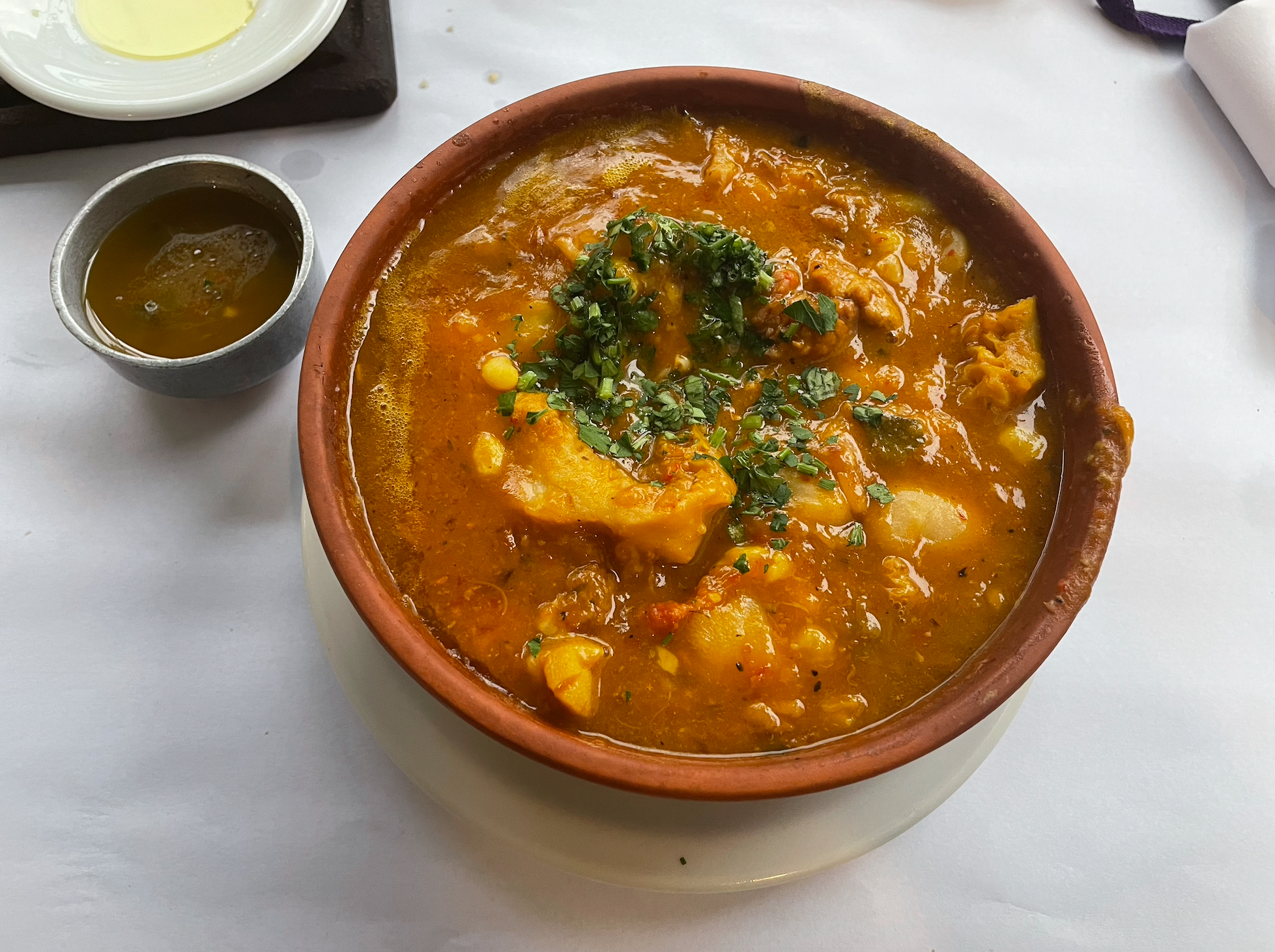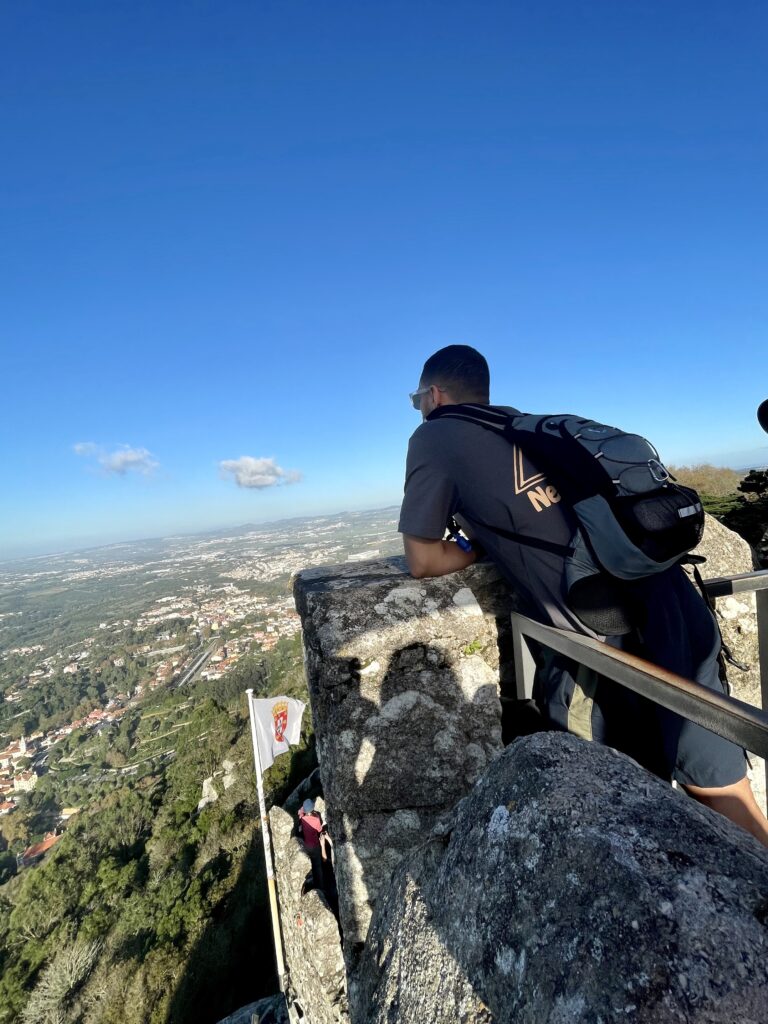If you’re not from Argentina or are not familiar with Argentine history, you’re probably wondering what Dia de la Revolucion de Mayo (also known as 25 de Mayo) is.
Well, for starters, for those of you who not speak Spanish, Dia de la Revolucion de Mayo translates to “Day of the Revolution of May”. May 25th is the day of the holiday.
In this post, I’ll be writing about my experience trying Argentine locro on this special holiday, and why these two things are associated with each other.
That said, let’s jump into it!
What is Dia de la Revolucion de Mayo?
Dia de la Revolcuion de Mayo is the national Independence Day of Argentina.
One of the things Argentina is known for is its passionate celebration of special holidays. And 25 de Mayo is probably one of the most important days in Argentine history.
From May 18th to May 25th in 1810, a local government was established in Buenos Aires in response to Napoleon’s invasion of Spain. As a result, the Spanish Viceroy, Baltasar Hidalgo de Cisneros, was ousted, making room for the Primera Junta (First Junta) on May 25th.
This is hugely important because it was essentially the first time that Argentina could claim some semblance of freedom from Spain. While the two nations would wage countless battles throughout the 19th century, this was the moment that Argentina began to establish itself as a free nation.
The importance of the holiday is palpable throughout the country, especially in Argentina’s most populous city, Buenos Aires.
Schools are not in session, a lot of stores seemed to be closed, and even more flags than usual can be seen on people’s balconies. It’s apparent that people care about this holiday.
Which leads us to one of the traditions most famously associated with Dia de la Revolucion, eating Argentine locro.
Argentine locro, anyone?
For anyone unfamiliar with locro, it’s essentially a stew that typically includes beans, squash, and other vegetables, along with some type of meat.
Countries throughout South America have different ways of preparing it, but in each recipe, you’ll find a combination of these ingredients.
It was on 25 de Mayo that I learned what locro is in general. But on this holiday I got to experience first hand what Argentine locro taste like.
When I left my apartment that day to go for a walk, I didn’t know that it was a holiday. Yet 5 minutes into my walk, I got the sense that something was going on.
Not only were there more children outside than usual, but the Argentine restaurant on my street, “1810”, had a line stretching down the block.
As curious as I am, I didn’t really make much of it and continued with my day.

But then 10-15 minutes later, I saw other restaurants with lines outside. What I noticed was that each restaurant had signs outside of its doors. And they all said “locro”
“What is locro?”, I thought.
It was at this moment that I asked someone what it was. He ended up explaining it to me and saying very briefly that eating Argentine locro is a tradition on holidays, especially Dia de la Revolucion de Mayo.
Nothing about this was amazing per se. But I remember feeling extremely grateful to be seeing this tradition lived out in front of my very eyes.
Had I not been traveling, I would have likely never learned about any of this.
Trying Argentine Locro for the First Time
Given that it’s tradition to eat locro on Día de la Revolución de Mayo, I figured, why not?
I actually wasn’t planning on sitting down to eat at a restaurant that day. Nevertheless, it started raining out of nowhere and I was still kind of far from my apartment.
When I saw a sign that said locro for ARS 3,500 (roughly USD 8), I was game!
The restaurant in which I tried Argentine locro was called La Dorita. It’s located right in the middle of Palermo Hollywood.
**As a side note: if you’re not familiar with Buenos Aires and are thinking about going, I highly recommend staying in Palermo Hollywood! You can find amazing bars, restaurants, and cafes here with plenty of green space not too far away.**
The ambiance at La Dorita was perfect!
While I was waiting for my seat, a waiter came over and offered everyone who was waiting pieces of chorizo. Yes, please!
I ended up seating outside under the clear cover and away from the rain. People-watching and enjoying a glass of wine with bread and Argentine locro, it was definitely one of those simple moments that I won’t forget.
Okay, but how was the Argentine locro?
The locro did not disappoint.
Was it the best soup I’ve ever had? Unfortunately, not.
Was it a pleasant surprise? Definitely.
My favorite part about the Argentine locro had to be the pumpkin and squash. It was almost like a purée that was quite flavorful.
The locro also had beans and small bits of potato that added a nice textural element.
The part I didn’t like was the meat.
After chewing it for what seemed like 2 minutes, I politely spit it into my napkin and removed all the meat.
If I understood the waiter correctly, it was the skin and stomach of a cow.
Not. My. Vibe.
But hey, it was 25 de Mayo and I at least needed to try it!
The Vibe
Outside of it being a special holiday and trying a new dish, there was nothing too significant about the scene, yet I enjoyed it so much.
I had a nice glass of Alamos Malbec, listened to the One Step Beyond podcast with Tony Fletcher, and took in the sights around me.
It really is the simple things…
What made all of this better is that none of it was planned.
In fact, I walked out of the house in shorts and my pajama shirt with the intention of just getting a coffee and pastry from the coffee shop downstairs. About an hour or so later, I’m learning what Argentine locro is and partaking in a centuries-long tradition.
How’s that for being open and walking until your day gets interesting?
’Till Next Time Travel Friends!







